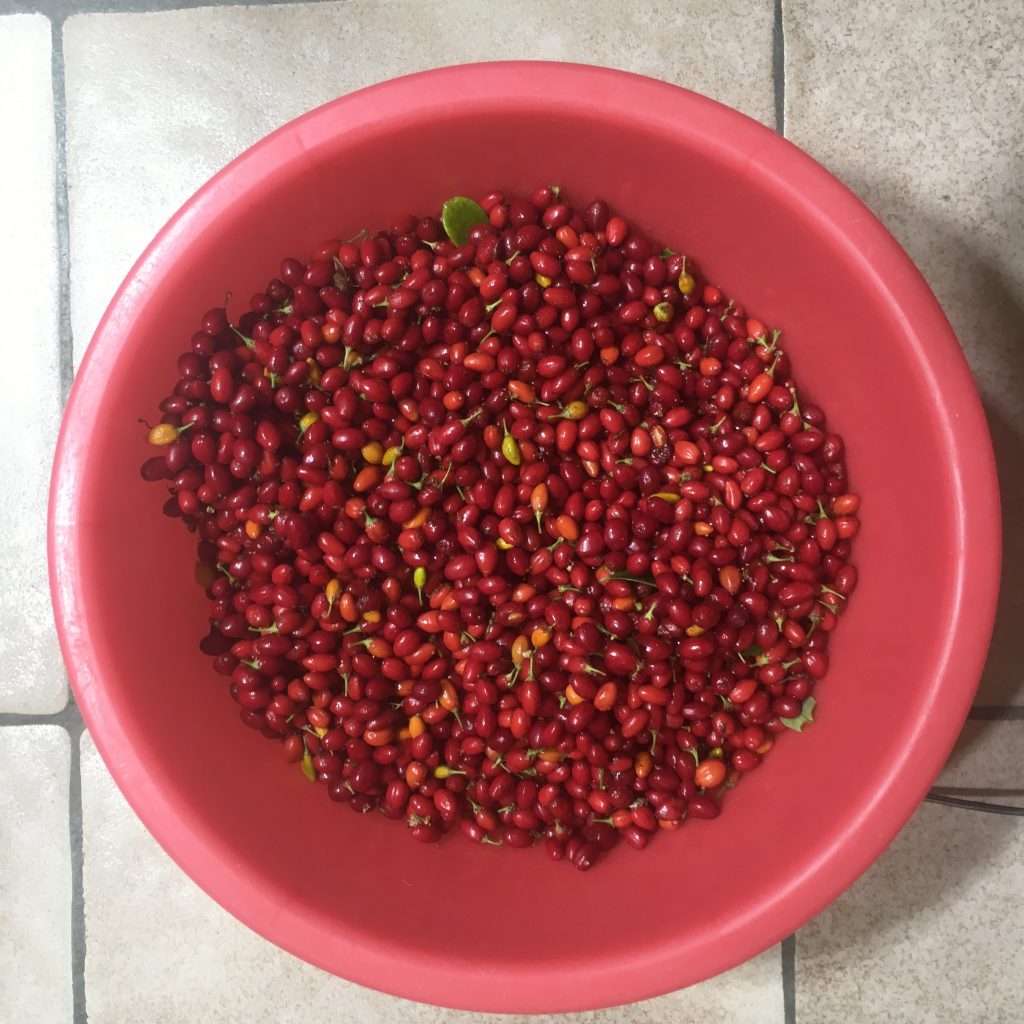🌿 How to Identify Genuine Coca Seeds – A Botanical Guide
Identifying genuine coca seeds (Erythroxylum coca) is essential for accurate botanical research, seed conservation, and scientific authenticity. Many plant enthusiasts and researchers often confuse Erythroxylum coca with its close relative Erythroxylum novogranatense — or even unrelated tropical shrubs. At Dbotany.com, we emphasize accurate seed identification to preserve the integrity of global botanical collections.
🌱 Why Identifying Coca Seeds Matters
When it comes to coca seeds, authenticity matters. Understanding how to distinguish true Erythroxylum coca seeds ensures that researchers, collectors, and ethnobotanists can conduct valid studies while maintaining scientific transparency.
By identifying genuine seeds, you contribute to biodiversity preservation and help protect traditional botanical knowledge.
1️⃣ Understanding the Erythroxylum Coca Plant
The Erythroxylum coca plant is a small evergreen shrub native to the Andean foothills of South America. It features smooth, thin leaves with a distinct central vein and produces small red berries, each containing one or two oval seeds.
This species belongs to the Erythroxylaceae family — a botanical group renowned for its ecological and cultural value. For reference, you can explore detailed taxonomy on Erythroxylum coca (Wikipedia).
2️⃣ Key Visual Characteristics of Genuine Coca Seeds
Recognizing authentic coca seeds requires observing key physical traits. Below is a comparison table between genuine and commonly misidentified seeds:
| Feature | Genuine Erythroxylum coca Seed | Common Misidentifications |
|---|---|---|
| Shape | Oval, slightly flattened | Round or elongated |
| Size | 3–4 mm long | 2 mm or smaller |
| Color | Dark brown with light ridge | Light tan or yellow |
| Surface Texture | Smooth and glossy | Rough or grainy |
| Weight | Slightly dense when dry | Very light (non-viable) |
Pro Tip 🌱: If a seed feels too light or rough, it’s likely non-viable or belongs to a related Erythroxylum species rather than E. coca itself.
3️⃣ The Difference Between Coca and Novo Seeds
The two main cultivated coca varieties are Erythroxylum coca (“Coca”) and Erythroxylum novogranatense (“Novo”). While both are important for scientific study, they have notable visual and ecological differences:
- Coca seeds: darker color, slightly larger, retain more moisture
- Novo seeds: lighter brown, smaller, adapted to dry and coastal climates
Recognizing these distinctions ensures proper classification and avoids cross-contamination in laboratories or greenhouses.
4️⃣ Best Practices for Storage and Observation
To preserve freshness and maintain germination potential of coca seeds:
- Store in a cool, dry, and dark location
- Avoid exposure to direct sunlight and excess humidity
- Label specimens with origin and collection date
- Use magnification for morphological observation and documentation
For detailed educational materials or seed morphology charts, contact us at info@dbotany.com.
5️⃣ Conclusion – Authenticity and Respect for Nature
Identifying genuine Erythroxylum coca seeds goes beyond recognition — it symbolizes respect for biodiversity, culture, and science. Each verified specimen represents centuries of adaptation, ecological balance, and human coexistence with nature.
At Dbotany.com, we’re proud to support responsible botanical research through ethically sourced and scientifically documented seeds.
🌱 True knowledge begins with authentic understanding.



fresh
Thank you 👏🙏❤